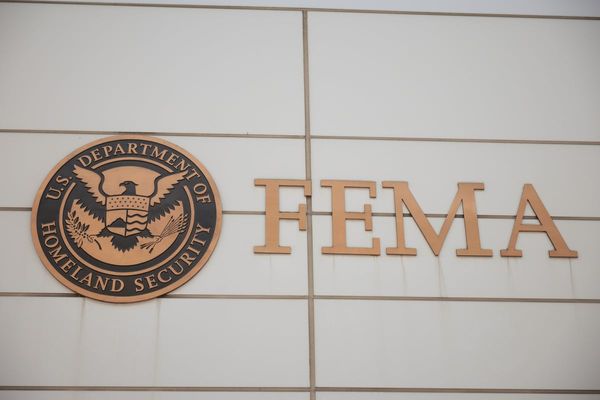
When you think about home improvement, paint probably seems like one of the safest, most straightforward upgrades you can make. A fresh coat of paint can transform a room, boost your mood, and even increase your home’s value. But what if that bucket of paint is actually the most dangerous thing you bring into your house this year?
In 2025, new research and regulations are shining a spotlight on the hidden risks of paint—risks that go far beyond a few splatters on your floor. From toxic fumes to environmental hazards, the dangers lurking in your paint can have serious consequences for your health and your family’s well-being. If you’re planning a DIY project or hiring a pro, it’s time to look beyond color swatches and think about what’s really in that can.
Let’s break down the reasons why paint might be the most dangerous thing you add to your home in 2025—and what you can do to protect yourself.
1. Toxic Chemicals Lurking in Modern Paint
Many paints, even those labeled as “eco-friendly,” still contain volatile organic compounds (VOCs) and other hazardous chemicals. VOCs are released into the air as paint dries and can linger in your home for weeks or even months. Exposure to VOCs can cause headaches, dizziness, respiratory problems, and even long-term health issues like liver and kidney damage. In 2025, stricter regulations are being discussed, but many products on the shelves still contain these harmful substances. Always check the label for VOC content and opt for paints with the lowest possible levels.
2. Paint Dust and Microplastics: The Invisible Threat
When you sand old paint or open a new can, you might release microplastics and fine dust into your home’s air. These tiny particles are easily inhaled and can settle on surfaces throughout your house. Recent studies have shown that microplastics from paint are a major contributor to indoor air pollution, and they can be especially harmful to children and pets. The World Health Organization warns that indoor air pollution is a leading cause of respiratory illness worldwide. To minimize this risk, always use proper ventilation, wear a mask when sanding, and clean up thoroughly after any painting project.
3. Lead Paint Isn’t Just a Problem of the Past
You might think lead paint is a relic of the 20th century, but it’s still a real danger in many homes, especially if you live in a house built before 1978. Even in 2025, disturbing old layers of paint during renovations can release toxic lead dust. Lead exposure is particularly dangerous for young children, causing developmental delays and behavioral problems. If you’re planning to paint or remodel, have your home tested for lead and hire certified professionals if necessary. Don’t take chances with your family’s health.
4. Allergic Reactions and Sensitivities
Paint can trigger allergic reactions in sensitive individuals, even if it’s labeled as “low odor” or “hypoallergenic.” Ingredients like preservatives, biocides, and certain pigments can cause skin rashes, eye irritation, or asthma attacks. If you or someone in your household has allergies or respiratory issues, test a small area first and keep windows open during and after painting. Consider using natural or mineral-based paints, which are less likely to cause reactions.
5. Environmental Impact: What Happens After You Paint?
It’s easy to forget about the leftover paint cans in your garage, but improper disposal can have serious environmental consequences. Paints containing VOCs, heavy metals, or microplastics can contaminate soil and water supplies if they end up in landfills. In 2025, many communities are introducing stricter paint recycling and disposal programs, but it’s still up to homeowners to do the right thing. Check with your local waste management authority for safe disposal options, and try to buy only as much paint as you need to reduce waste.
6. Fire Hazards You Might Overlook
Paint and paint thinners are highly flammable, and improper storage can turn your garage or basement into a fire risk. In 2025, with more people taking on DIY projects, fire departments are reporting an uptick in paint-related fires. Always store paint in a cool, dry place away from heat sources, and never smoke or use open flames near paint cans. Dispose of oily rags properly, as they can spontaneously combust.
7. The Hidden Cost to Your Indoor Air Quality
Even after the paint dries, the chemicals it releases can continue to affect your indoor air quality for months. Poor air quality can lead to chronic health problems, especially for children, the elderly, and anyone with pre-existing conditions. Invest in a good air purifier, ventilate your home well, and consider using paints certified by reputable organizations like Green Seal or GREENGUARD.
Rethink Your Next Paint Project: Safety First
Paint might seem harmless, but in 2025, it’s clear that it can be the most dangerous thing you add to your home if you’re not careful. By understanding the risks—from toxic chemicals and microplastics to fire hazards and environmental impact—you can make smarter, safer choices for your family and your home. Always read labels, use protective gear, and follow best practices for storage and disposal. Your health and safety are worth more than a quick color change.
Have you ever had a bad experience with paint or discovered a safer alternative? Share your stories and tips in the comments below!
Read More
8 Painting Tricks Home Renovation Pros Don’t Want You to Know
9 Electrical Issues in Your Home That Are Straight-Up Dangerous
The post Why Paint Might Be the Most Dangerous Thing You Add to Your Home in 2025 appeared first on Clever Dude Personal Finance & Money.







